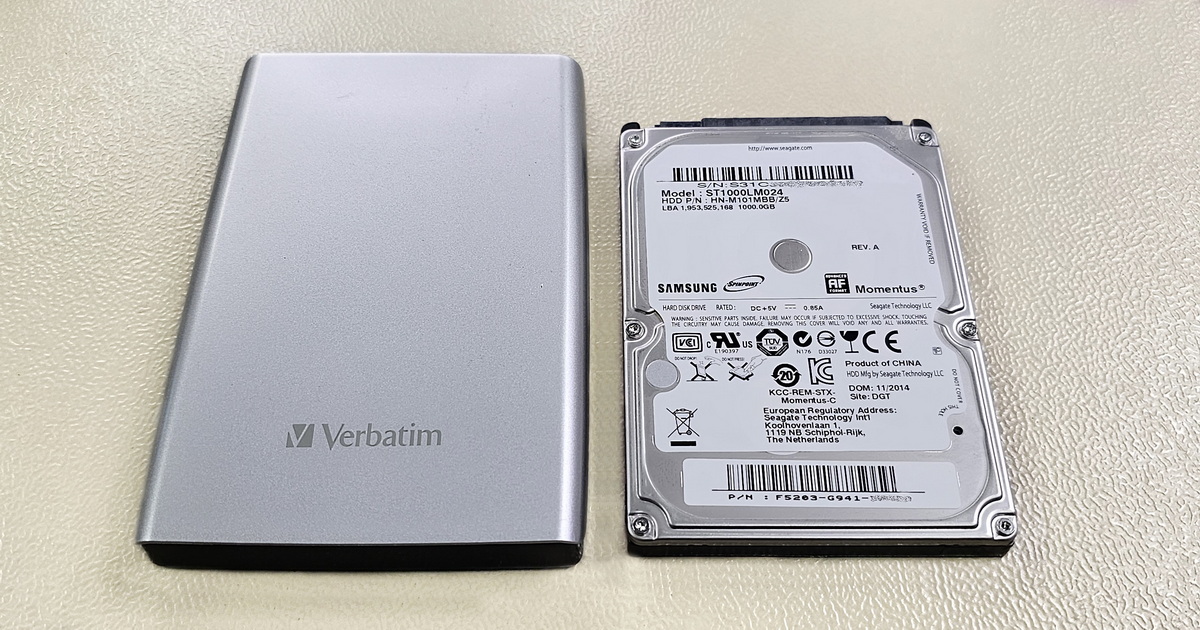The Chinese book I Ching (Book of Changes) represents the binary poles of reality as Yin and Yang and became an inspiration for the philosopher and mathematician Gottfried Wilhelm von Leibniz when he was seeking a new model of arithmetic in the late 17th century. The binary system entered the world of IT with the first computer between the years 1937 - 1942, when gentlemen John Atanasoff and Clifford Berry introduced their machine called the Atanasoff-Berry Computer (ABC). This happened at Iowa State College (now Iowa State University).
Originally Philosophical Considerations and Mathematics, Today Key Building Blocks of Computing Technology
The binary system (BIN) represents the fundamental numeral system used in computing technology. This system is based on two values, one and zero, which represent the on and off states of an electrical signal in a computer. Each unit of information, known as a bit, can take on one of two values, enabling the representation of all data in a computer. Thus, the binary system is crucial for the functioning of modern computers, software, and the internet.
Let's assume we have the binary number 1011 and we want to convert it to a decimal number, i.e., to the common base-10 system that we encounter in the everyday world of people. Each digit in a binary number represents a power of 2, depending on its position. The calculation is as follows:
(1×23) + (0×22) + (1×21) + (1×20) = (1×8) + (0×4) + (1×2) + (1×1)
Thus, the binary number 1011 is equivalent to the decimal number 11.
The hexadecimal system (HEX) is often used in computing as a shorthand form of the binary system. This system is based on sixteen values, represented by the digits 0-9 and the letters A-F, where A corresponds to the decimal 10, B to decimal 11, and so on up to F, which corresponds to decimal 15.
Let's assume we have the hexadecimal value 1A3 and want to convert it to a decimal number. Each digit in a hexadecimal number represents a power of 16, depending on its position. The calculation is as follows:
(1×162) + (A×161) + (3×160) = (1×256) + (10×16) + (3×1) = 256 + 160 + 3
So, the hexadecimal number 1A3 is equivalent to the decimal number 419.
The decimal system (DEC) is the common numeral system that we use every day. It is based on ten values, represented by the digits 0-9. This system is natural and intuitive for us, as it is used in everyday life, from shopping in the store to measuring time.
The decimal system allows easy interaction with digital technology for average users. Without it, understanding and working with numbers on a computer would be complicated, potentially limiting access to technology and its application in daily life.
In the World of Data Recovery, HEX, BIN, DEC are Irreplaceable Terms
Hexadecimal notation is commonly used in modern programming, especially in areas where direct work with memory or binary data is required, such as software development, embedded systems, file format analysis, or reverse engineering. The decimal numeral system is most understandable to people and the binary system to computers. Thus, the acronyms HEX, BIN, and DEC are an integral part of the data recovery world. Data recovery from all types of data storage media is our main field, and if you ever find yourself in the unpleasant situation of losing important data, do not hesitate to contact us.
- Details
- By Frantisek Fridrich
- Parent Category: Blog
- Explanations and Tips










